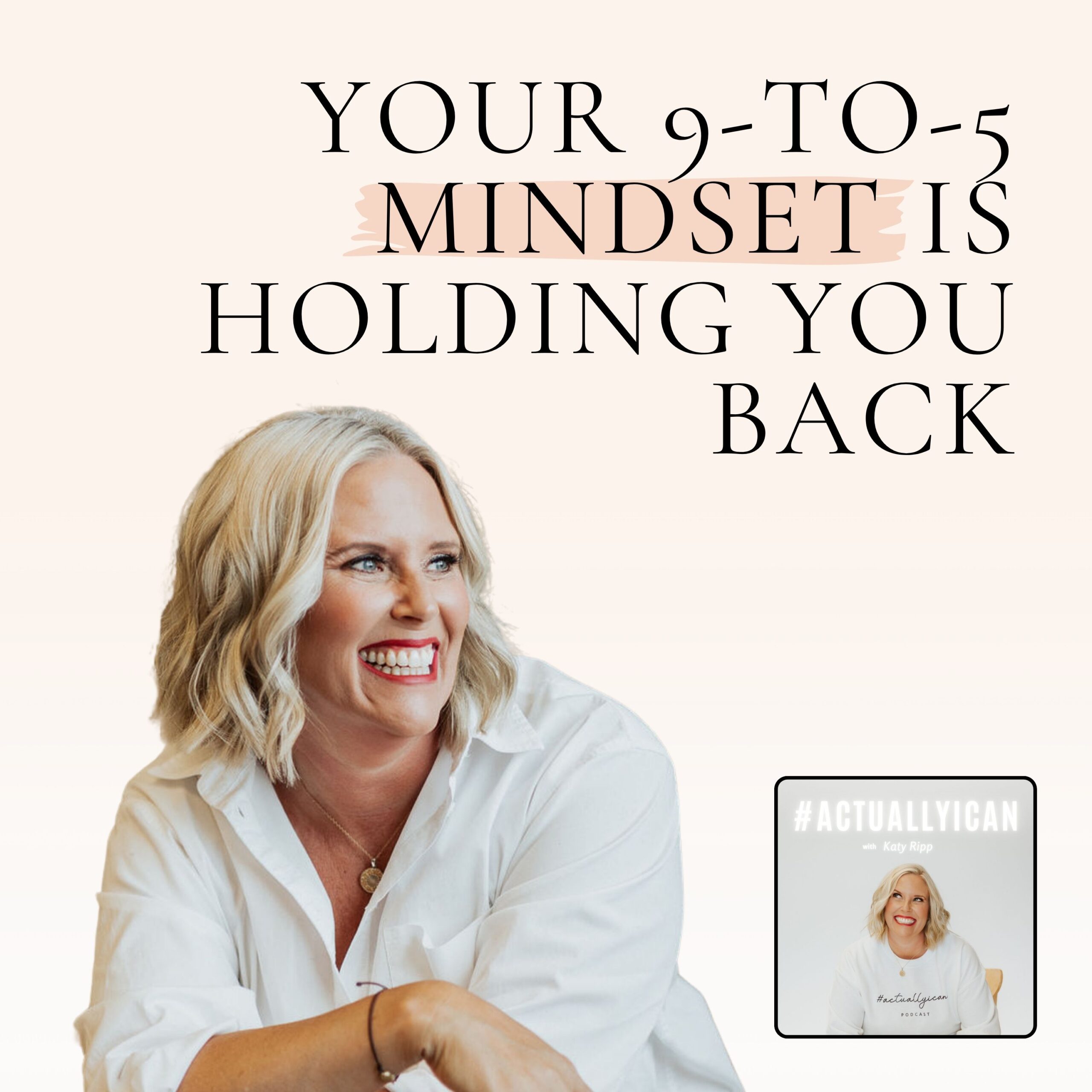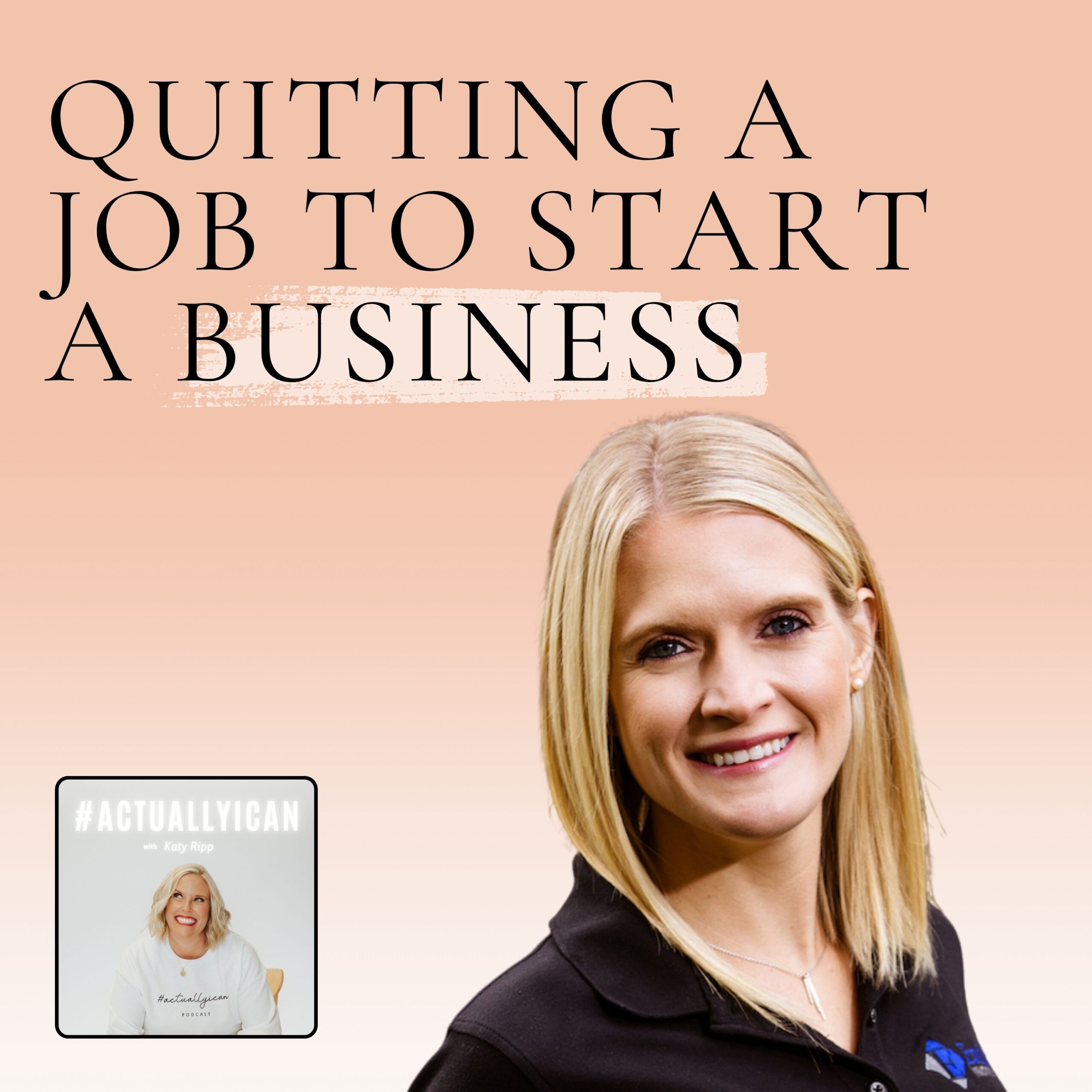Entrepreneurship & Business
Browse all posts in:
Are you running your business like you still have a boss? If you’re still clinging to a rigid 9-to-5 mindset, it’s time to break free. In this episode, I’m sharing flexible work schedule examples that can help you avoid entrepreneurial burnout and create real time freedom. We’ll dig into why traditional time management for entrepreneurs […]
LISTen NOW

If you’ve ever asked yourself, “How do I manifest?” or wondered whether the Law of Attraction is just a little too woo-woo to work in the real world, this episode is for you. Whether you’re manifesting parking spots, more clients, or your next big career move, I’m breaking down the real, practical steps you need […]
LISTen NOW

Ever feel like your relationship with money is more emotional than logical? You’re not alone—and it’s not your fault. In this episode, I’m joined by financial therapist Lindsey Konchar to unpack the real reasons behind your money guilt and how to finally align your money and values in a way that feels good, not heavy. […]
LISTen NOW

Thinking about quitting a job to start a business but paralyzed by fear and “what ifs”? You’re not alone. In this episode, I sit down with my friend and former nurse-turned-entrepreneur Kelly Endres to talk about what it really looks like to go from employee to entrepreneur—especially when you’re walking away from a job that […]
LISTen NOW

Not sure what’s next when it comes to building your business? Here’s how to get re-aligned at any stage of your journey. In this episode, I’m inviting you to slow down, breathe, and meet your business where she’s at—because whether you’re in year one or year ten, it’s never too late for some business goal […]
LISTen NOW

Ever find yourself wondering, is email marketing still effective?—or are we just supposed to dance on reels forever? If you’re overwhelmed by the noise online and craving a marketing strategy that actually works (and feels good to do), this episode is for you. I’m sitting down with Dawn Richardson from Flodesk to dig into email […]
LISTen NOW





